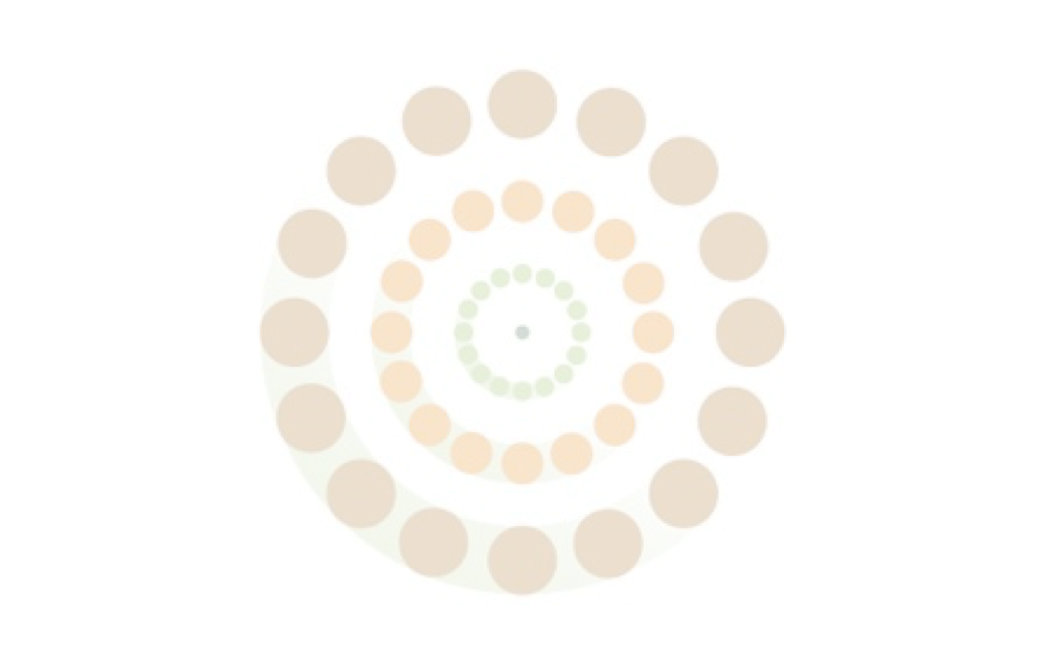worth knowing

wellness & birth
pre & postnatal homecare


Babies grow the most within their first year of life, all babies will go through GROWTH SPURTS, never-ending feeds, and crankiness
A rapid rise in height and weight. At the beginning, growth spurt happens frequently, mostly lasts for 3 to 4 days, stops around 2 weeks and happens again. Most babies go through several growth spurts during the first 12 months.
The most common times for growth spurts are 1-3 weeks, 6-8 weeks, 3 months, 6 months, and 9 months. Babies don’t read calendars, however, so your baby may do things differently.
Growth spurts don’t stop after the first year – most moms notice growth spurts every few months during the toddler years and periodically thereafter on through the teenage years.
a) What is growth spurts?
During a growth spurt, breastfed babies nurse more often than usual (sometimes as often as every hour) and often act fussier than usual.
The increase in baby’s milk intake during growth spurts is temporary. In exclusively breastfed babies, milk intake increases quickly during the first few weeks of life, then stays about the same between one and six months. As solids are gradually introduced after six months, baby’s milk intake will gradually decrease.
Physical growth is not the only reason that babies may have a temporary need for increased nursing. Babies often exhibit the same type of behavior (increased nursing with or without increased fussiness) when they are working on developmental advances such as rolling over, crawling, walking or talking. Mom’s milk is for growing the brain as well as the body!
b) How to recognize your little one's spurts"
Your baby wants to eat nonstop. If you’ve been breastfeeding every three hours, your baby will now want to belly up to the milk bar every hour or two. That’s just fine. The more often your baby breastfeeds, the more he stimulates milk production to keep up with his growing appetite.
Your baby will be up more often at night. Even if your baby was sleeping for a blissful five- or six-hour stretch, during a growth spurt she’ll howl for a midnight snack, then one at 2 a.m., and 4 a.m., and so on. You may find your older baby waking up earlier from her naps, too.
Your baby will be crankier than usual. At the breast she’ll be extra fussy, latching and unlatching because she wants more milk right now, and your production might not be up to speed yet.
c) What is the best way to handle a growth spurt?
Parent doesn't need to do much to respond to a growth spurt. Follow your child’s lead. Baby will automatically get more milk by nursing more frequently, and your milk supply will increase due to the increased nursing. It is not necessary (or advised) to supplement your baby with formula or expressed milk during a growth spurt. Supplementing (and/or scheduling feeds) interferes with the natural supply and demand of milk production and will prevent your body from getting the message to make more milk during the growth spurt.
Some nursing moms feel more hungry or thirsty when baby is going through a growth spurt. Listen to your body — you may need to eat or drink more during the time that baby is nursing more often.
d) Massaging Through Growth Spurts
Baby massage helps settle your baby through a growth spurt. Regular baby massage can help promote relaxation, encourage better sleep, and help with digestion. Also, baby massage gives off endorphins so your little one will get some natural painkillers, which are helpful if they have any growing discomfort. Massaging your baby is just a nice time for both of you to bond.
We, Wellness and birth offers Door-to-Door baby massage training service. Parents need not to carry their babies outside, just stay at home, let your little ones enjoy massage at their own safe and familiar place.
Michelle Cheung
Growth spurts
wellness & birth
pre & postnatal homecare
midwives & breastfeeding specialists